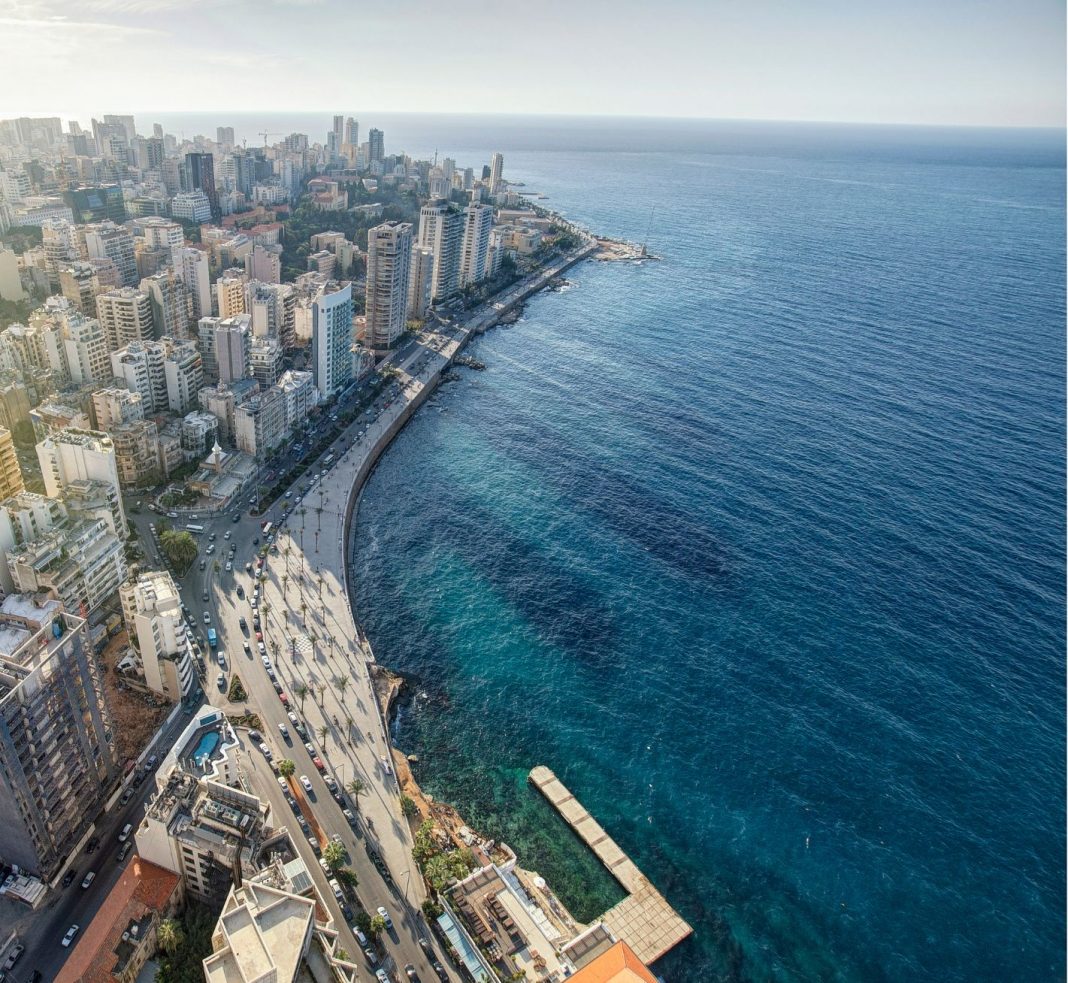Lebanon’s Mediterranean coast is a cradle of biodiversity, history, and culture—but also a frontline in the battle against ecological collapse. Today, this small nation is taking bold steps toward safeguarding its marine treasures by transforming isolated conservation spots into a fully integrated network of Marine Protected Areas (MPAs). This vision is the heart of an ambitious initiative by the University of Balamand’s Marine and Coastal Resources Program, developed in partnership with the Lebanese Environment Forum and funded by the European Union.
From Fragile Ecosystems to a National Strategy
Stretching across 225 kilometers of the Eastern Mediterranean, Lebanon’s coastline shelters vital ecosystems—from vermetid reefs and seagrass meadows to nesting grounds for the endangered loggerhead and green turtles. However, decades of unregulated development, untreated sewage, overfishing, and governance failures have brought these natural assets to the brink.
To counter these threats, Lebanon committed to global frameworks such as the Convention on Biological Diversity and the Sustainable Development Goals. These commitments catalyzed the creation of the country’s first Marine Protected Areas Strategy. The strategy doesn’t just call for the declaration of new MPAs—it lays out a systematic plan to create a resilient, ecologically connected network, designed to balance biodiversity protection with sustainable community livelihoods.
Anchoring Conservation: Lebanon’s Three MPAs
Lebanon has already established three official MPAs:
-
Palm Islands Nature Reserve (PINR): Located off the coast of Tripoli, these uninhabited islands are sanctuaries for migratory birds, nesting turtles, and rare seagrasses. Declared in 1992, the reserve combines ecological richness with cultural relics from the Crusader era.
-
Tyre Coast Nature Reserve (TCNR): Stretching across 3.8 km² of land and 113 km² of sea, TCNR is the largest protected sandy beach in Lebanon. Recognized under the Ramsar Convention, it includes freshwater springs, agriculture zones, and critical habitats for 13 mammal species and over 275 plant varieties.
-
Abbasieh Coast Nature Reserve (ACNR): A recent extension of the Tyre reserve, ACNR safeguards turtle nesting areas and coastal biodiversity, underscoring the need for community-based conservation.
Each site has been classified using global (IUCN) and national (MoE) standards, yet experts stress that isolated MPAs—no matter how rich—are not enough.
The Network Vision: Science-Backed, People-Centered
The University of Balamand’s assessment outlines three scenarios for building Lebanon’s MPA network. Only the most comprehensive—Scenario 3—comes close to fulfilling international criteria for connectivity, ecological representation, and resilience. This scenario incorporates both declared and proposed sites, including culturally significant locations like Raoucheh and ecologically vital estuaries such as Litani and Damour.
Creating such a network involves more than drawing boundaries on a map. It demands political will, inclusive governance, rigorous scientific research, and financial commitment. The strategy emphasizes community engagement, sustainable tourism, and traditional livelihoods—bridging conservation and development.
What’s at Stake?
This effort is not just about saving fish or protecting coastlines. It’s about ensuring food security, revitalizing local economies, and preserving Lebanon’s maritime heritage. In an era of climate disruption, healthy oceans are key to national resilience.
Looking Forward: From Plans to Action
The assessment concludes with clear recommendations: conduct baseline studies, redefine legal frameworks, enhance public awareness, and adopt open data systems to share information among MPAs. The call is for a shift from reactive conservation to proactive, inclusive, and science-led marine stewardship.
As Lebanon sails through turbulent political and environmental waters, the MPA Network strategy lights a course toward sustainability—anchored not only in laws and science, but in the will of its people to protect their marine legacy, one wave at a time.
The full report is available at http://www.lbeforum.org/wp-content/uploads/2025/06/Assessment-of-MPAs-in-Lebanon-MCR-IOE-UOB.pdf
Read the report
Assessment-of-MPAs-in-Lebanon-MCR-IOE-UOB

